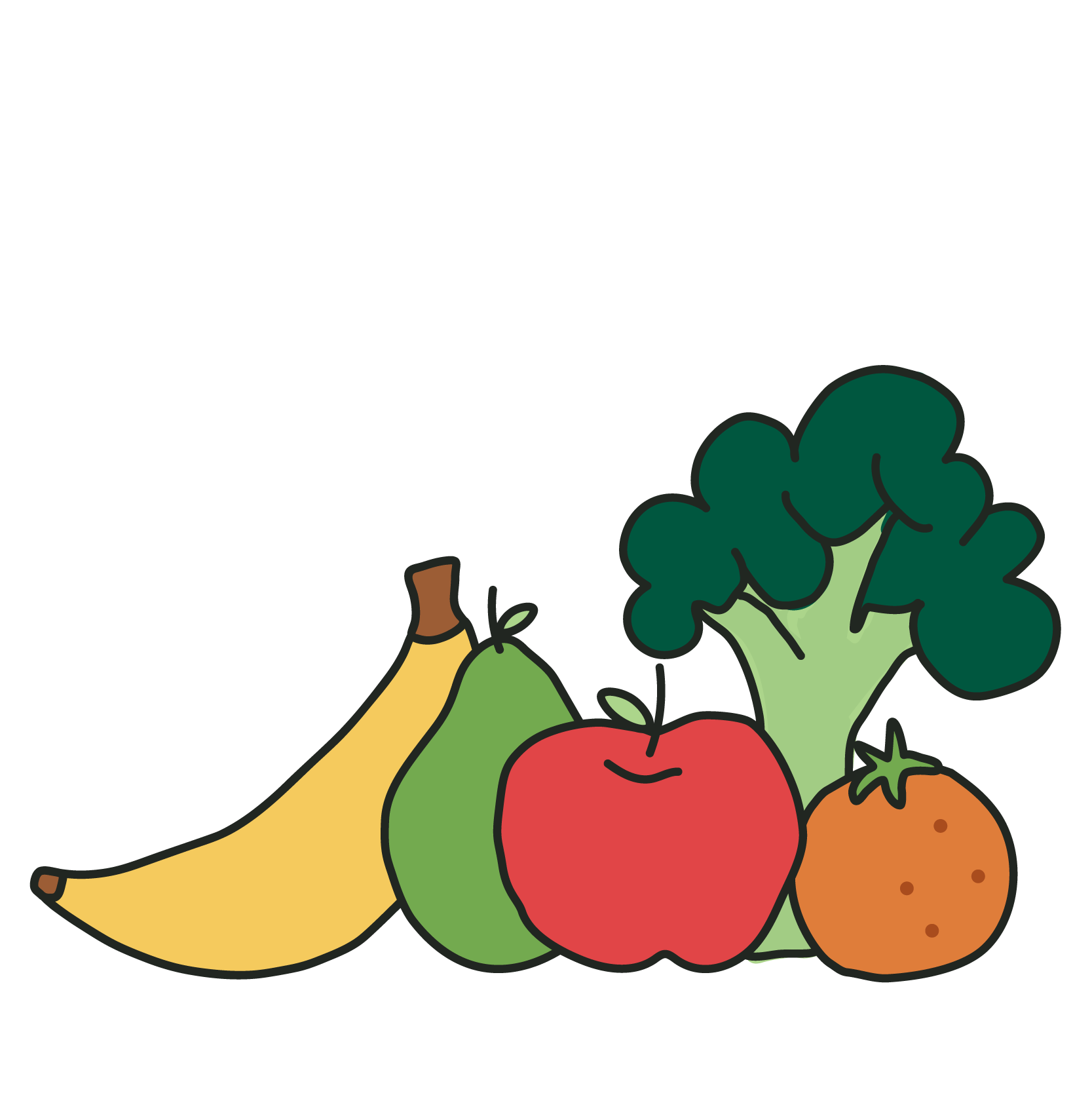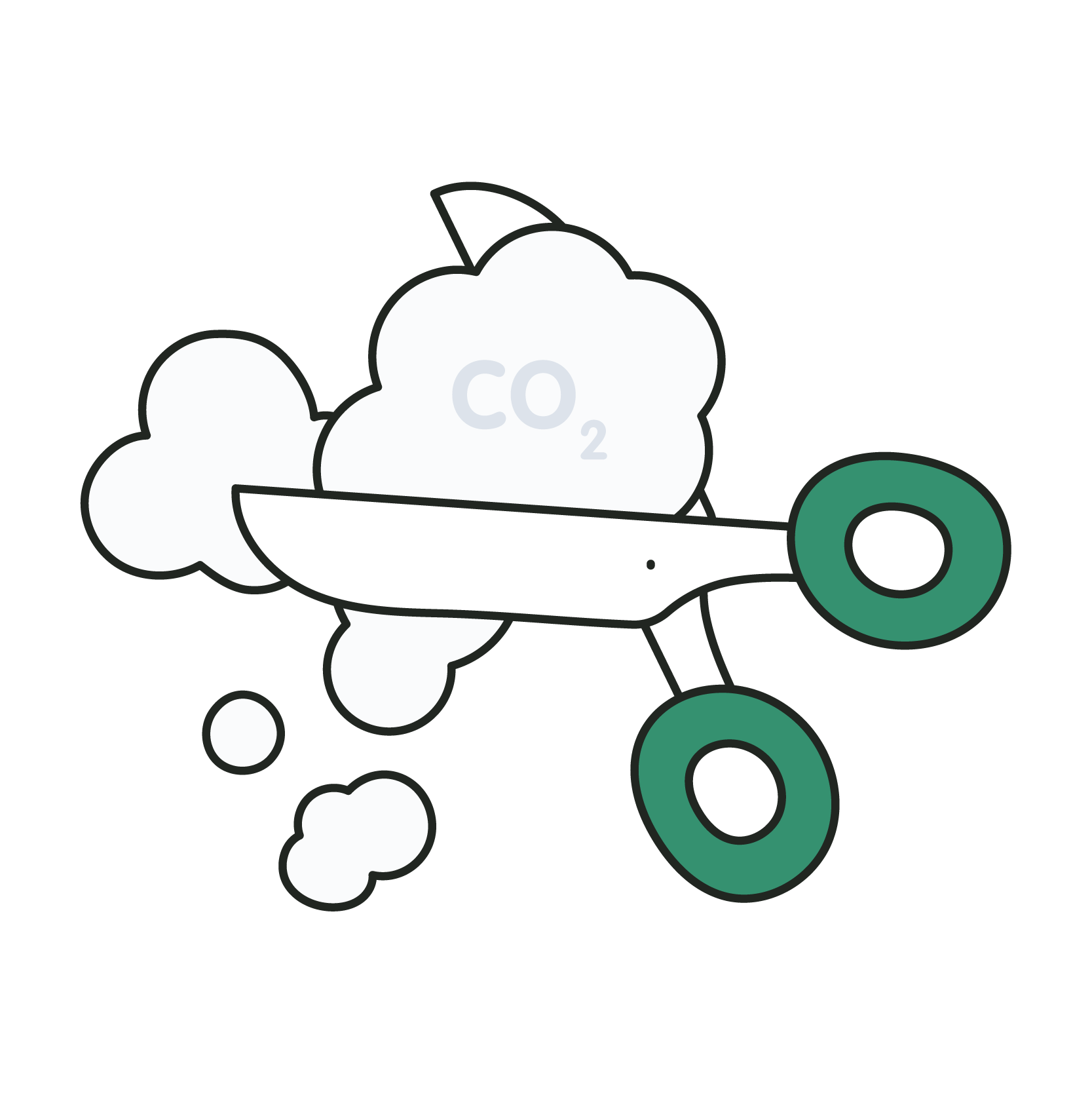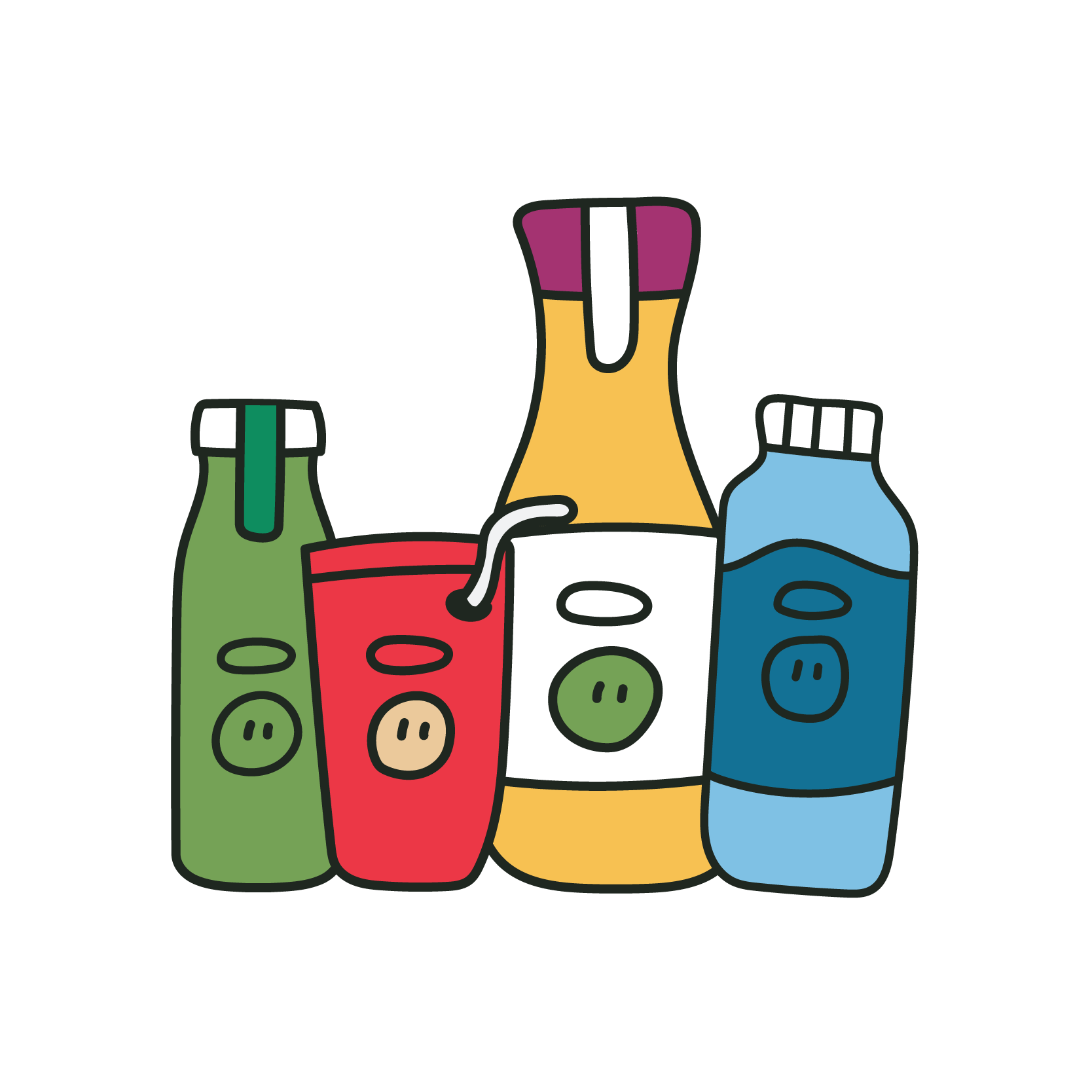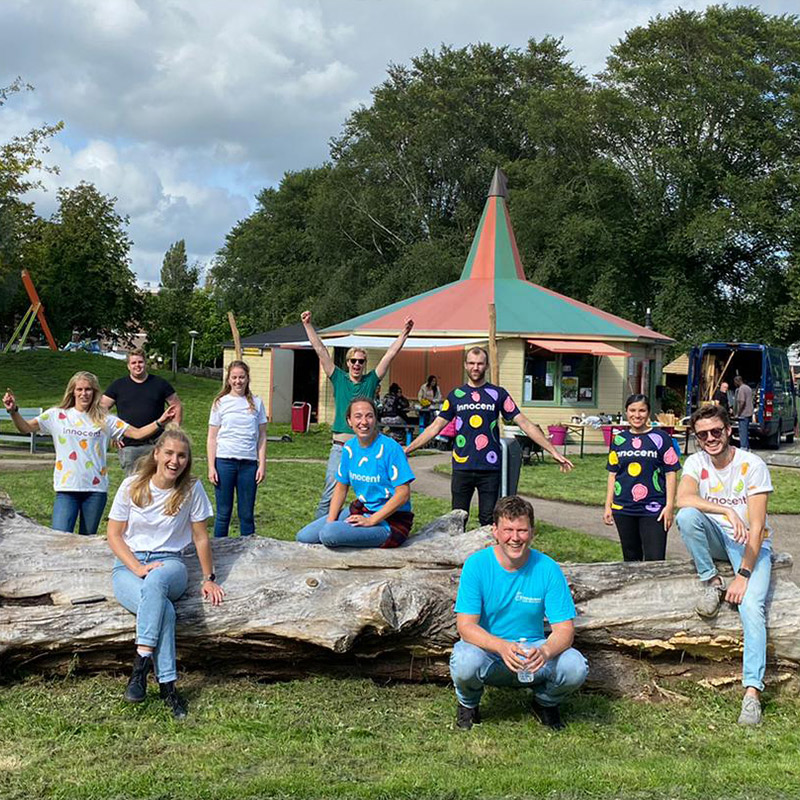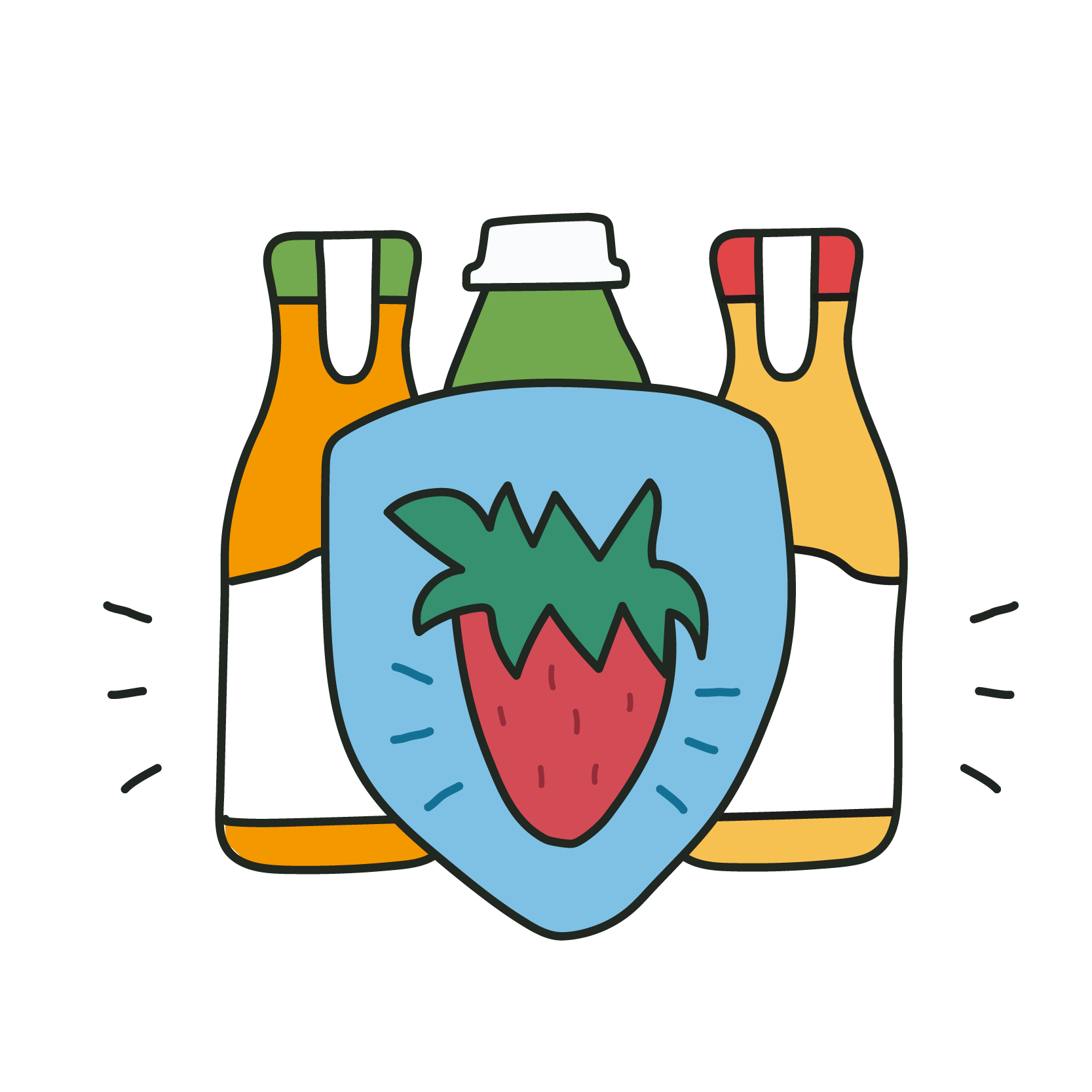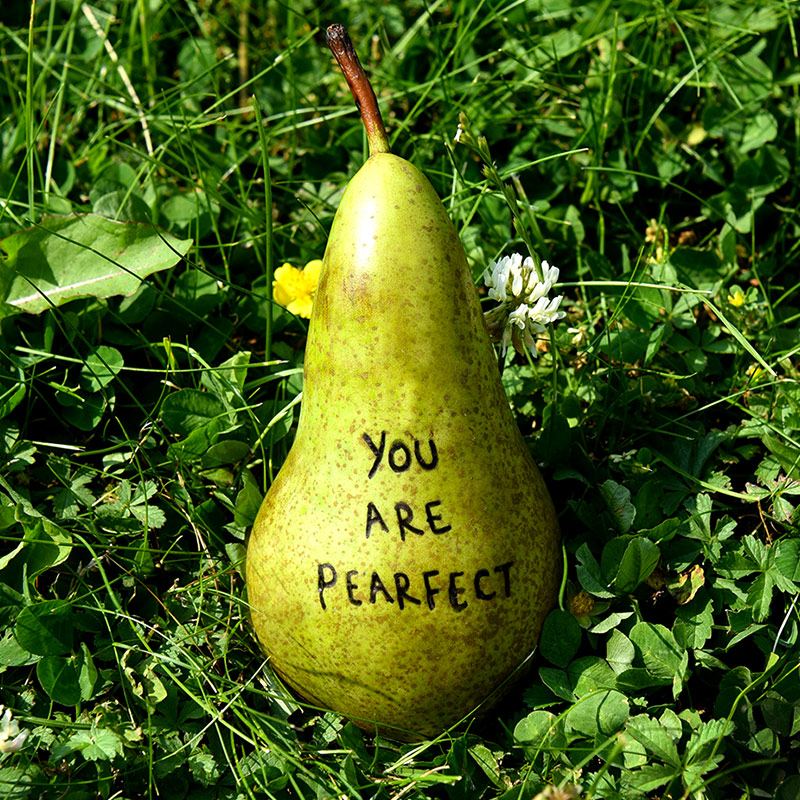We source our ingredients responsibly, which means we only get hold of them from suppliers who are committed to fair social and environmental standards. This helps us manage our impact on the planet and people. Right now, we're on a journey to get 100% of our ingredients 'sustainably sourced' by 2023. For our farmers, this means complying with the Sustainable Agriculture Initiative Platform’s (SAI) Farm Sustainability Assessment tool to a bronze level or equivalent. We're proud to say that we're most of the way there already. If you want to find out about how we're getting on, visit our farming champions page.
FAQs
Our ingredients come from all over the world, from thousands of different farms of all shapes and sizes. That means there's no single certification scheme that covers every one of our countries, fruits or important sustainability issues, this is why we align to the Farm Sustainability Assessment. Prepared by the Sustainable Agriculture Initiative Platform (SAI), it’s supported by over 100 brands, can be used for any crop, in any country and has a benchmarking process to recognise any existing certifications held by the farm. It’s flexible, reduces duplicationand helps us focus on sustainability standards that suit our farmers. Sometimes that might be Fair Trade (which our coconut farmers use) and other times it might be Rainforest Alliance (which is the case with our banana growers). All standards have their strong points and by being flexible with them, we can make sure we're not forcing farmers to meet new and different standards just for us.
While we think standards like organic are really valuable, sticking only to organic wouldn’t give us the flexibility to be able to buy the quantity, quality and variety of ingredients we need. It also wouldn't allow us to support small farmers or cover all the sustainability issues that matter to us.
That doesn't mean we're fans of pesticides though. Our standards rally against the use of any of the 'dirty dozen' pesticides listed by the Pesticide Action Network. To make sure our drinks are safe, we carry out independent tests on our ingredients at an accredited laboratory throughout the harvest calendar. Of the test results where anything is detected, these detections fall well within the Maximum Residue Limit (MRL) that you are allowed. Each year our policy is reviewed and testing procedures are updated.
Yes, we do. That's why we always transport our ingredients by land or sea, instead of a plane. Our aim is to find the very best fruit and then work out the best, most sustainable way to get it into our bottles. Right now, just over half of our fruit comes from Europe, with our tropical fruits (like pineapples and bananas) coming from a bit further away. As you might have guessed, it's tricky to sustainably grow a pineapple in Rotterdam.
We know that transport (truck miles especially) is one of the biggest areas of our carbon footprint as a business. Over the past couple of years, we've radically changed how and where we make our drinks so we now sell a lot more drinks closer to where they are made. This means the transport-related carbon impact of each drink has reduced by an impressive 30% between 2015 and 2017 (and we’re on working on updating these figures). This was a significant step towards our aim of being carbon neutral across our whole business by 2025.
Yes, most of the stuff we squash into our drinks is what you would call ‘wonky’. While it's all fresh and the quality is top notch, it would probably be too wonky to pass 'fresh market standards' in supermarkets. Thankfully, the fruit and veg in a smoothie doesn't need to look pretty, so we can use even the most symmetrically challenged ingredients.
To make sure none of our drinks go to waste either, we partner with some great organisations across Europe (like fellow B Corp Neighbourly in the UK, Phenix in France and Tafel Deutschland in Germany) who help us get our drinks to the local charities and food banks that need them most.
Welcome to the wonderfully complicated world of climate jargon.
Imagine the greenhouse gases in the atmosphere are the water in a cup. To get to net zero we need to reduce our emissions by 80-90% - so basically turn off the tap. To get to carbon neutral a company only has to soak up the water from the cup (imaging giant sponge) as fast as the rate that water is going into the cup, so it doesn’t overflow.
The approach we're taking at innocent is to both work on turning off the tap (reduce our emissions in line with climate science) but also to use the sponge in the short term (supporting offsetting project). This is why we have committed to becoming carbon neutral by 2025 and net zero by 2040.
Yes, we do. We first measured our carbon footprint back in 2006 and have been constantly checking it ever since. In 2020 we managed to cut that to 223,000 but still have a long way to go. Now we're really confident in the system we have in place and will be tracking our footprint every three months to help us hit our target of being carbon neutral by 2025.
Reduce, reduce, reduce. The biggest thing we are focusing on right now is to reduce our emissions and you can find some of the ways we are doing that right here on our website. It might also sound a bit controversial but, right now, one of the best ways we can tackle climate change is by keeping our drinks in plastic. That's because it has a lower carbon footprint than glass.
We think the way to solve both plastic pollution and climate change is by building a circular economy for plastic. We’ve been investing in that circular economy since 2003, putting recycled plastic in our bottles and encouraging our drinkers to recycle. As we speak, we're working on a bottle that's made from 50% recycled plastic and 50% plant plastic. It'll be 100% recyclable, low carbon and will have absolutely no virgin oil-based plastic in it. Unlike 100% rPET, it can also be eternally recycled. To find out more about plastic and climate change, head over to our recycling activists page.
It might sound a bit controversial but right now, the best way we can tackle climate change is by keeping our drinks in plastic. That's because it has a lower carbon footprint than glass and is easier to recycle than cartons.
We think the way to solve both plastic pollution and climate change is by building a circular economy for plastic. We’ve been investing in that circular economy since 2003, putting recycled plastic in our bottles and encouraging our drinkers to recycle. As we speak, we're working on a bottle that's made from 50% recycled plastic and 50% plant plastic. It'll be 100% recyclable, low carbon and will have absolutely no virgin oil-based plastic in it. Unlike 100% rPET, it can also be eternally recycled. To find out more about plastic and climate change, head over to our recycling activists page.
We don’t think so, no. The Intergovernmental Panel on Climate Change (a group of really clever climate scientists) have said that if we’re going to limit global warming to 1.5 degrees, then offsetting needs to be included alongside projects to reduce the amount of carbon used. Our focus will always be to reduce carbon first and only offset emissions that we really can’t avoid. You can find out how we're offsetting our carbon emissions over at our climate changers page.
Climate scientists are saying that we need to limit global warming to 1.5 degrees above pre-industrial temperatures. To do that, everyone in the world needs to reduce emissions to nearly zero by 2050. That’s a pretty big feat in itself. We want to do more, so that’s why we have a Science Based Target in place to reduce our emissions by 50% by 2030 and we are aiming to be net zero by 2040. We’re also getting to carbon neutral by 2025.
We've looked into this really carefully and truly believe that plastic is the best material for the job. It's light, durable, highly recyclable and clear (so our drinkers can see exactly what's inside). Our research has shown that the carbon footprint of a single use plastic bottle is three times smaller than a glass one. This shrinks even more when plastic is recycled. Plastic is also more widely recycled than cartons. While there are pros and cons to each type of packaging – glass, plastic, metal and cartons – we reckon plastic is the right choice for our drinks and the more important issue of climate change. All of our juice and smoothie bottles are made from at least 50% recycled plastic and are fully recyclable.
Yes, all our bottles and lids are recyclable. Just make sure you pop the lid back on the bottle before it goes in the recycling.
We made a 100% recycled plastic bottle back in 2007 because we thought it was the right thing to do. But after looking hard at the long-term sustainability of 100% rPET bottles, we realised it wasn't the best solution. Plastic can only be recycled a certain number of times, so to maintain the quality, we need to keep topping up the recycled content with sustainable, virgin plastic (made from either plants or enhanced recycled material – both of which are still in trial status). We've been using some of this plant-based stuff in our world exclusive smoothie bottles since 2018.
We're aiming to have a 100% renewable or recycled bottle by 2025. We’re excited about investing in a sustainable plastics future for generations to come and creating a greener bottle that uses zero virgin oil-based plastic. We hoped we'd be able to do this soon, but it'll now be after 2025. Turns out it hasn't quite been invented yet.
We think they're a great idea. There are lots of countries where deposit return schemes are working well and get much higher recycling rates. We support any system that increases the recycling rates for plastic, makes economic sense and improves the quality of recycled plastics so they can be used more widely.
Developing a paper straw that works for our cartons is tricky, because they need to have a bend in them to work for little drinkers. We've spent a lot of time trying to find a good solution but nobody has found one yet. We do have some clever people on the case though, so watch this space.
Yes, the straws on our kids packaging are recyclable. Please poke the straws inside the carton before popping it in your recycling bin. That’ll make sure the straw gets recycled along with the plastic in the carton.
Fruit naturally contains sugars and because our smoothies and juices are made from fruit, they contain it too. They also have many of the positive nutrients that come with fruit, like vitamin C, and in the case of smoothies, fibre. The amount of sugar in a 250ml serving of one of our smoothies is the same as you'd find in a banana and another portion of fruit. The amount of sugar in a 150ml serving of our juice is the same as you'd find in a banana. We don't add any sugar to our fruit juices and smoothies.
Drinking smoothies and fruit juices has a similar effect on your teeth as eating whole fruit. Dental experts believe any food or drink that contains sugars or acids (including fruit) could damage your teeth if you don't look after them properly. So remember to always brush them twice a day with a fluoride toothpaste, try to keep food and drinks that contain sugars or acids to mealtimes, avoid swishing liquids round your mouth, use a straw and chew sugar-free gum after eating.
Several studies, including the UK National Diet and Nutrition Survey (NDNS), have shown that people who drink fruit juice in line with dietary recommendations are more likely to have a lower body mass index (BMI) than people who don't. They also eat more portions of fruit and veg, so are more likely to get their 5-a-day.
There's no secret to why we put on weight - consuming more calories than we need results in weight gain, no matter where those extra calories come from.
On average, a 150ml serving of our fruit juice provides 3% of your daily calories and a 250ml serving of our smoothies provides 7% (based on a total daily target of 2,000 calories). And what's important is that with each calorie you consume via a fruit juice or smoothie, you also get all the positive nutrients like vitamin C or fibre.
We're big fans of fruit, as well as juices and smoothies, so would always encourage people to eat as much whole fruit and veg as possible to help them hit their 5-a-day target. We'd love it if everyone ate five whole pieces of fruit and veg every day but that's not always the case. Two thirds of people in the UK are currently not eating enough fruit and veg. That's where our smoothies and juices come in - an easy (and tasty) way to help people get one of their 5-a-day.
A glass of fruit juice a day is a great part of a healthy lifestyle and balanced diet. Our juices are made entirely from fruit (and veg), so one 150ml glass counts as one of your 5-a-day. Our recommended serving for smoothies is 250ml because they’re a mix of juice and a portion of crushed fruit, giving you the vitamins, minerals and fibre you’d get in whole fruit.
We pasteurise all our drinks to make sure they're safe to drink. Testing has shown that the pasteurisation process has a minimal impact on nutrient content, so you can be sure that the nutritional information on the label is what you're getting in the bottle.
We know that deciding on what food or drink to give your little ones can feel like a minefield. Of course, there's some great government advice which can be found here, but it’s also very much a personal decision.
The best drink to give babies (under 12 months) is water and milk. As they start to get older, juices and smoothies can be introduced, but the general advice is to dilute them with water. The British Dietetic Association advise people to dilute juice drinks up until the age of 5. To find out more, visit the BDA website .
It’s worth remembering that juices and smoothies count as 1 of your 5 a day, and also contain a variety of other important vitamins and minerals – like vitamin C.
Our smoothies contain fibre because they're made from whole crushed fruit. A 250ml serving of one of our smoothies will provide between 2-4g of fibre. Leeds University carried out some research to compare the fibre in fruit to that in a smoothie, and showed the fibre in our smoothie remains intact and is structurally similar to crushed fruit. To read the science, click here.
Our juices don't contain whole crushed fruit, so you won't find fibre in them.
Vitamin C is found in a wide variety of fruits and vegetables. It has a bunch of important functions, like helping increase iron absorption, supporting the normal function of the immune system and helping to reduce tiredness and fatigue. Vitamin C is also classified as an antioxidant, which means it can help prevent free radicals causing damage to our cells. In other words, it helps protects our cells from oxidative stress.
Vitamin C is water-soluble, which means that our bodies can't store it. Because our bodies can't make it either, we have to get it from our diet. Our juices and smoothies all provide you with vitamin C. For example, a 150ml glass of orange juice with bits gives you about 46% of your daily vitamin C. Fruit juice is an important source of vitamin C for children in the UK, particularly for those that struggle to meet their 5-a-day.

